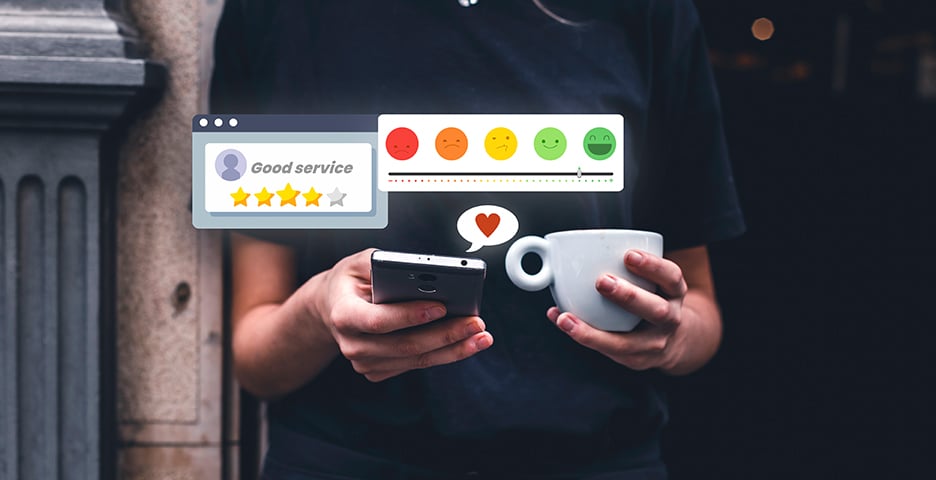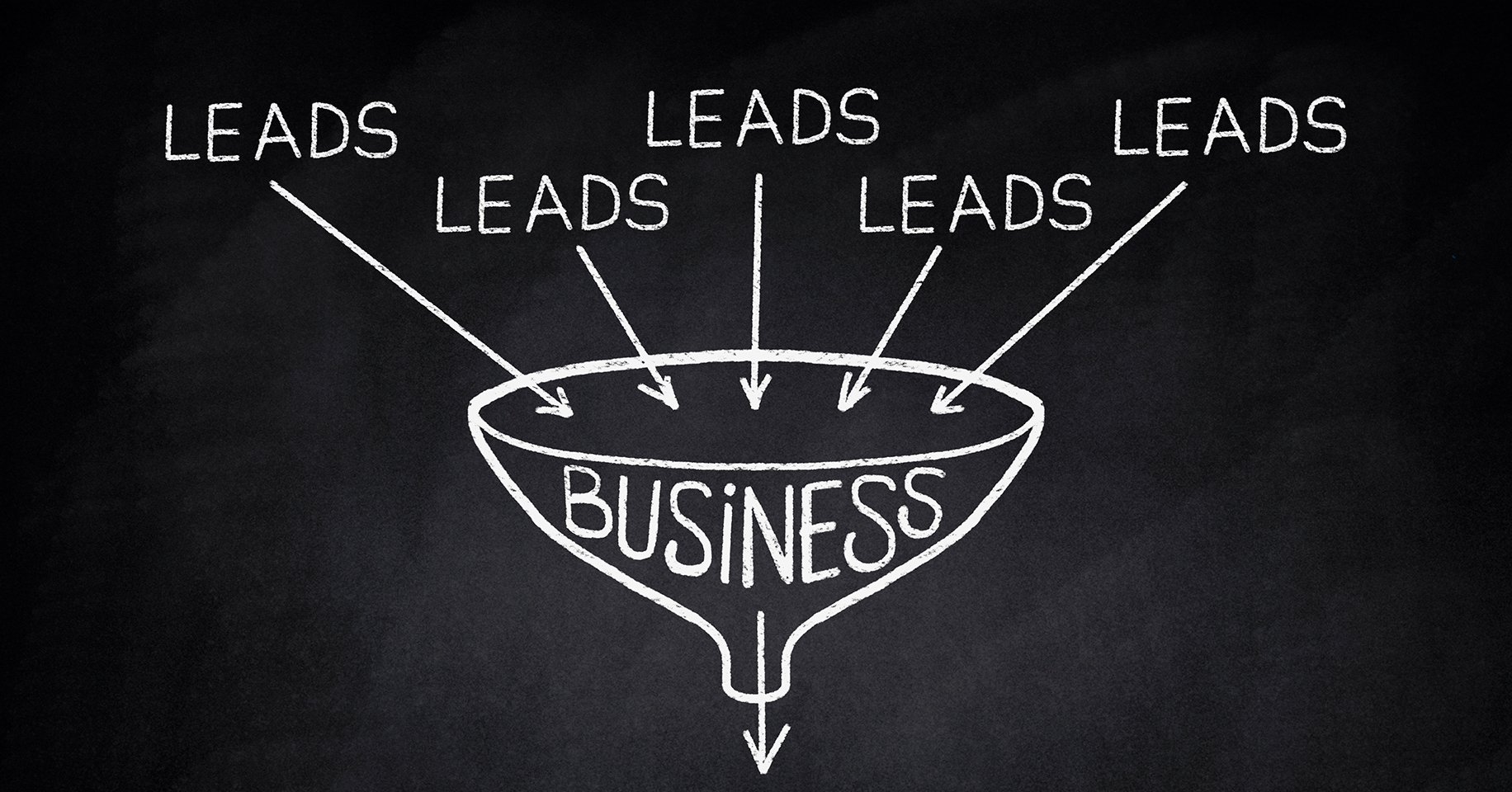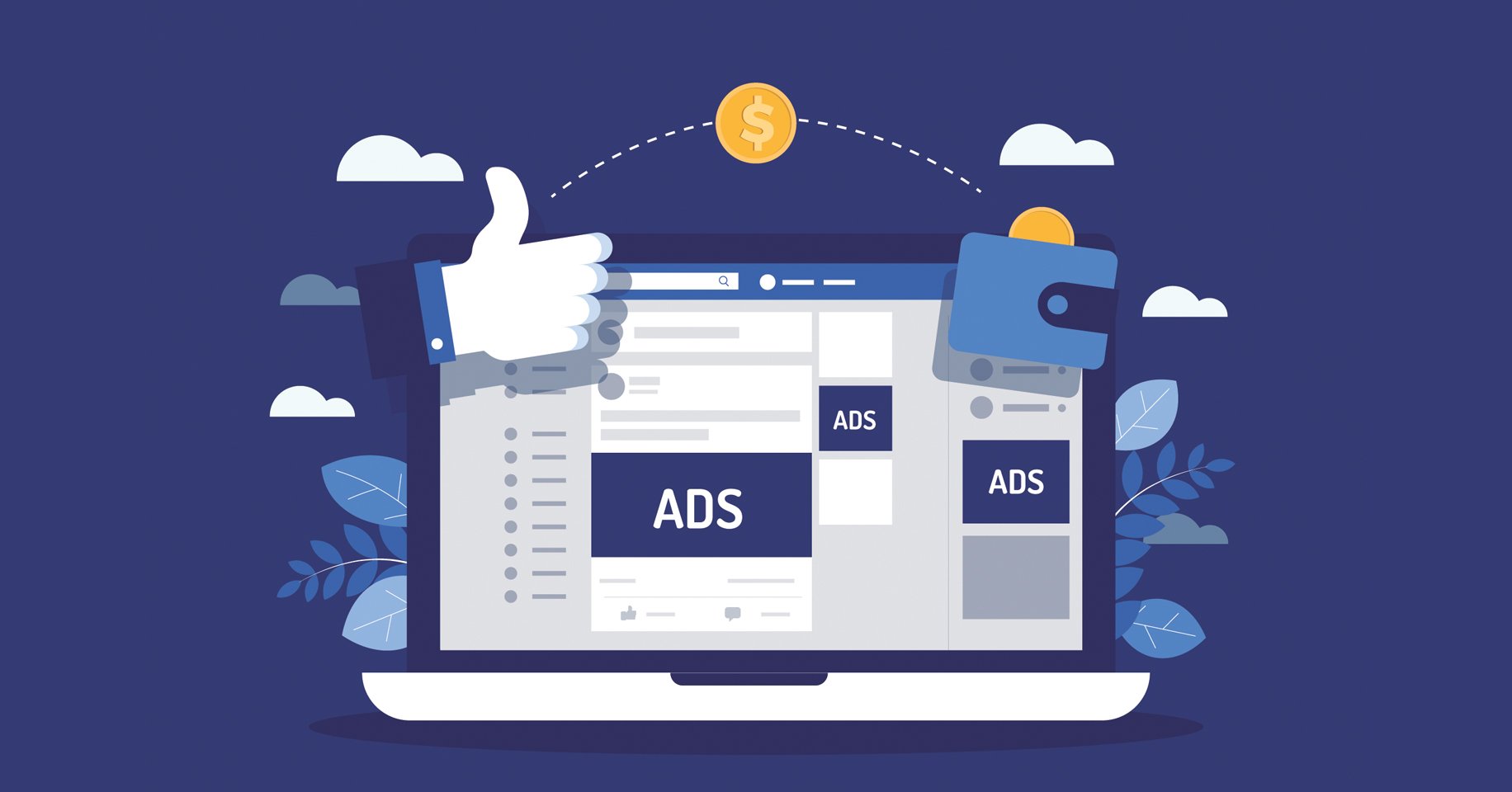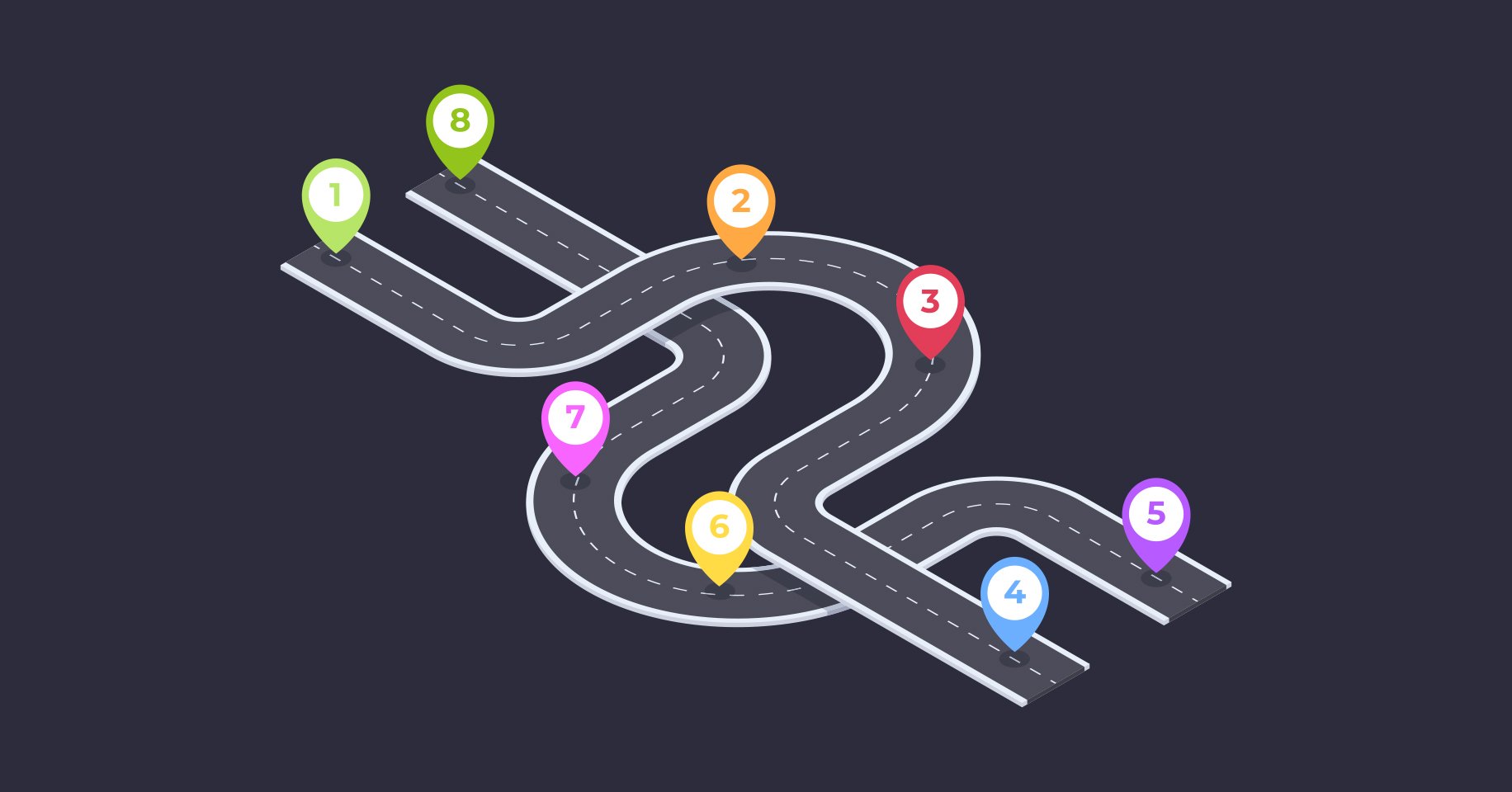
According to the data, optimizing your customer journey will help you to.
In this hyper-competitive market, everything matters, especially the user experience. In fact, consumers are willing to pay more for a superior experience.
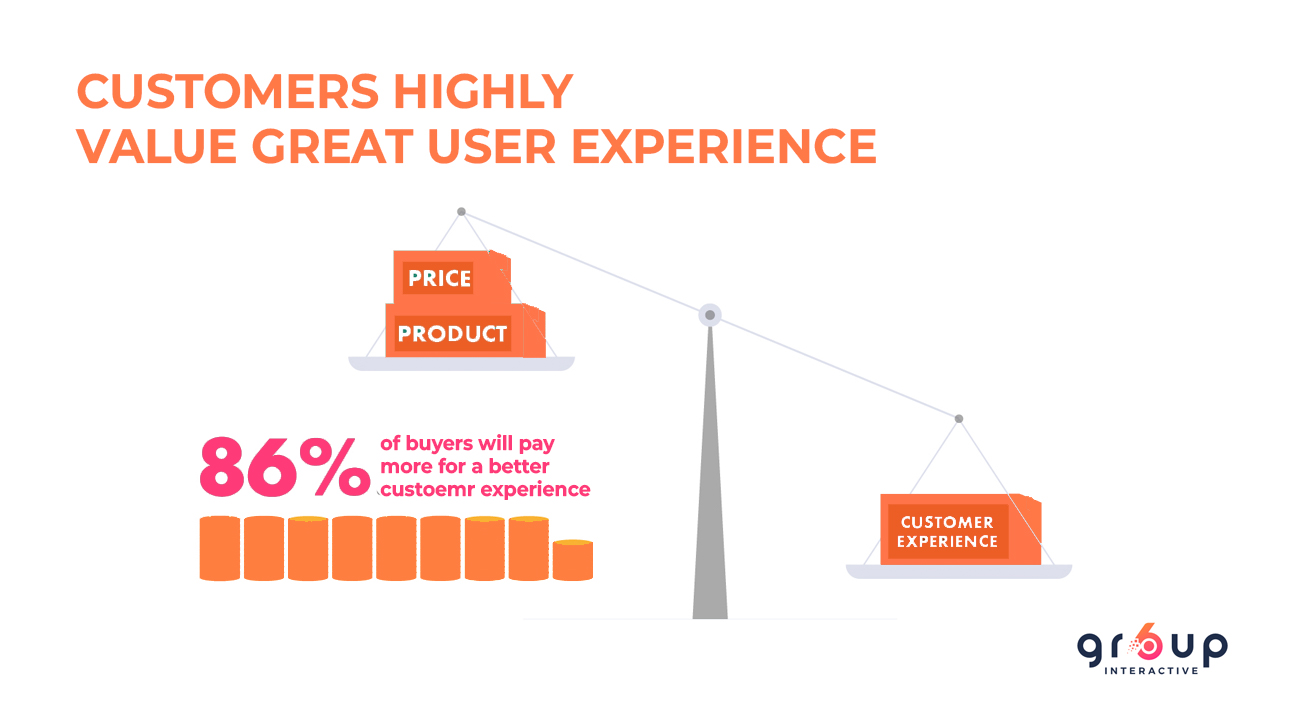
And that’s what a proper customer journey map will help you achieve!
In this guide, you’ll discover our top strategies that helped our customers achieve these exceptional results. We’ll also share a few hands-on secrets to help you gain a competitive edge.
Table of contents
A customer journey is the whole interaction of a customer with your business. It starts with a stranger discovering your business and ends with a purchase or post-purchase behavior.
There is no such thing as a universal customer journey – it’s different for each business.
A customer journey is important because it can make or break a sale. If you have the proper touchpoints in place, you can experience a massive increase in revenue.
If done correctly, it can also help you achieve a 54% greater return on marketing investment.
Here are some of the biggest benefits of a high-converting customer journey.
The biggest benefit of optimizing your customer journey is an increase in sales.
You don’t get a second chance to make a first impression. If you map out your customer journey well, you can see where the friction points are and what to do to fix the issues.
This can help you resolve any problems and increase the likelihood of a sale.
Also, a properly optimized customer journey is hyper-personalized to a lead in every stage of the sales cycle.

This makes your leads feel special, increasing the chances of conversion.
The best businesses are the ones that provide the best customer experience.
In fact, customers care about their experience so much that they are willing to spend more on companies that provide a better experience.
You definitely want your customers to refer your product to their colleagues or partners, right?
…and providing the best possible experience is a way to achieve that.
A customer journey is divided into multiple phases each lead goes through.
It starts with a customer being in the awareness phase, where they discover your company and products, and ends with a purchase or post-purchase action.
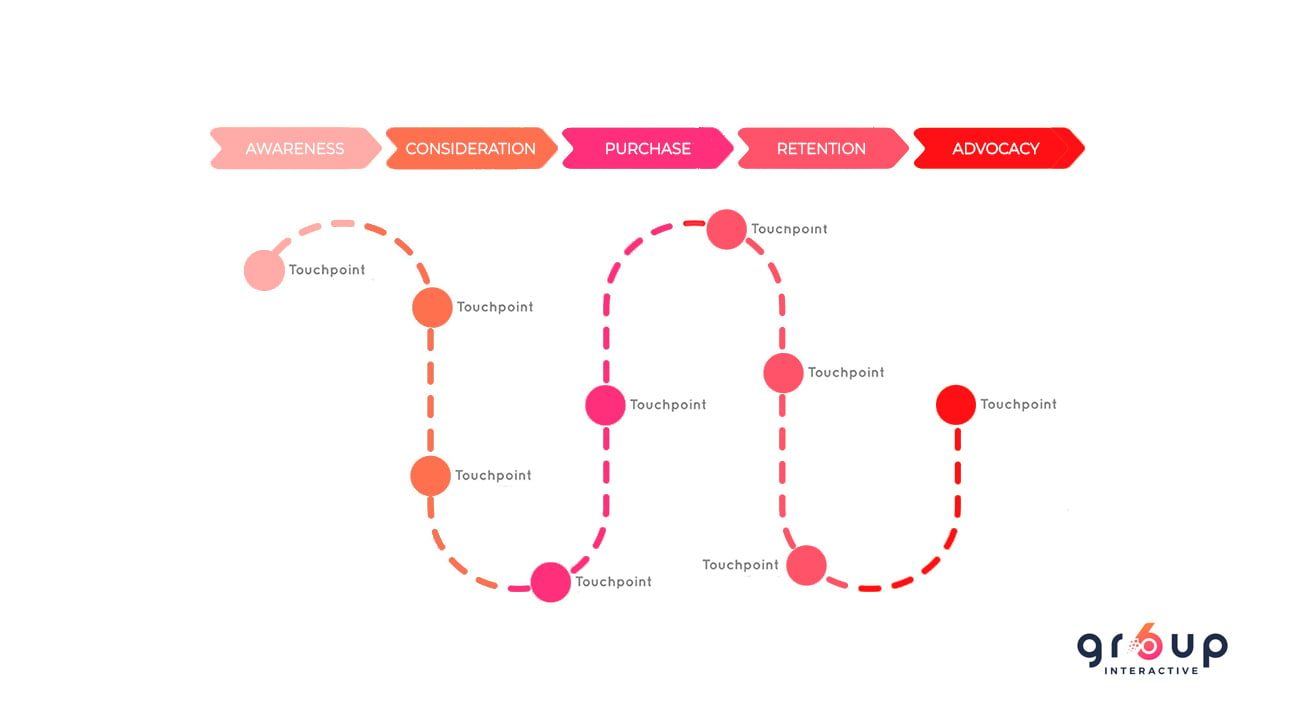
Here are the five customer journey phases to optimize.
You have a problem and need a solution, so you start Googling.
You have no idea how to solve your problem; you just know you need to solve it. You do your research and read a bunch of blog posts online.
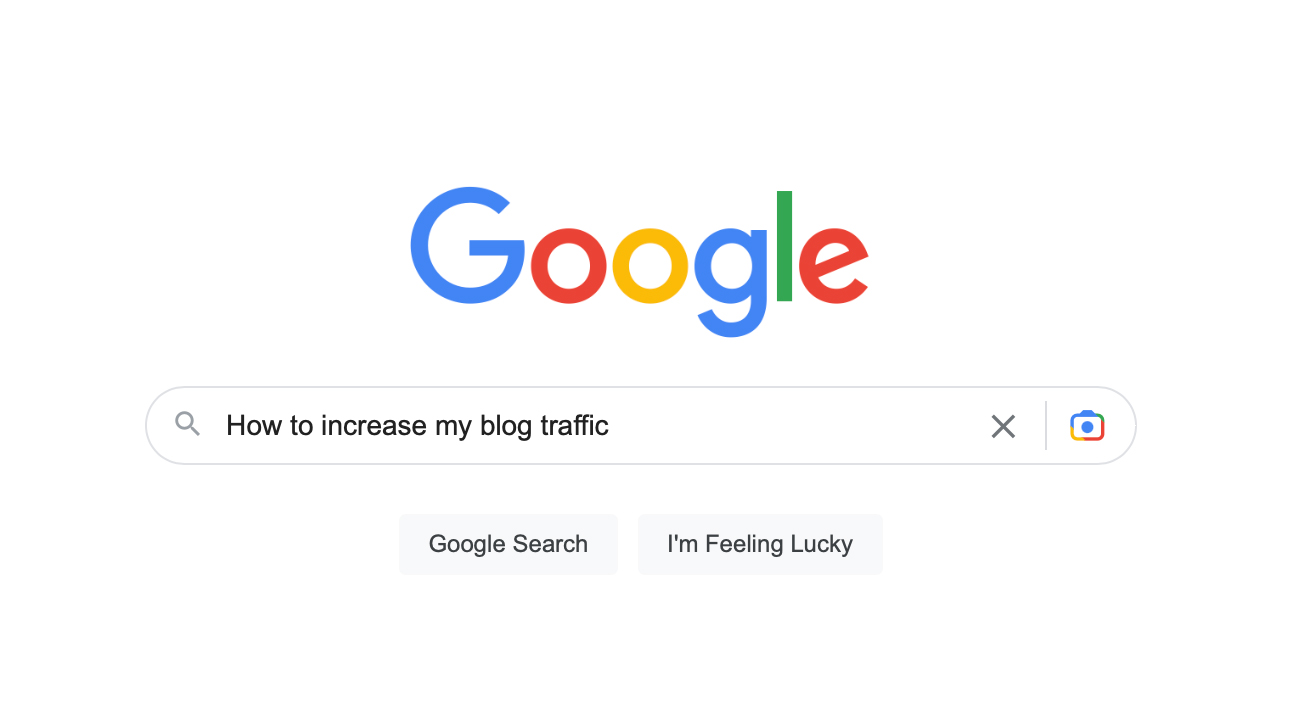
This stage is mostly about providing potential customers with educational content.
These are:
You’re trying to provide information – not sell your products. If you try selling at this stage, you’ll not succeed since leads have no idea what your product is or why to choose it.
The Goal: Provide the answer and let them know you exist.
You’ve learned about different solutions to your problem. Now you just need to pick one – the solution that suits you the most.
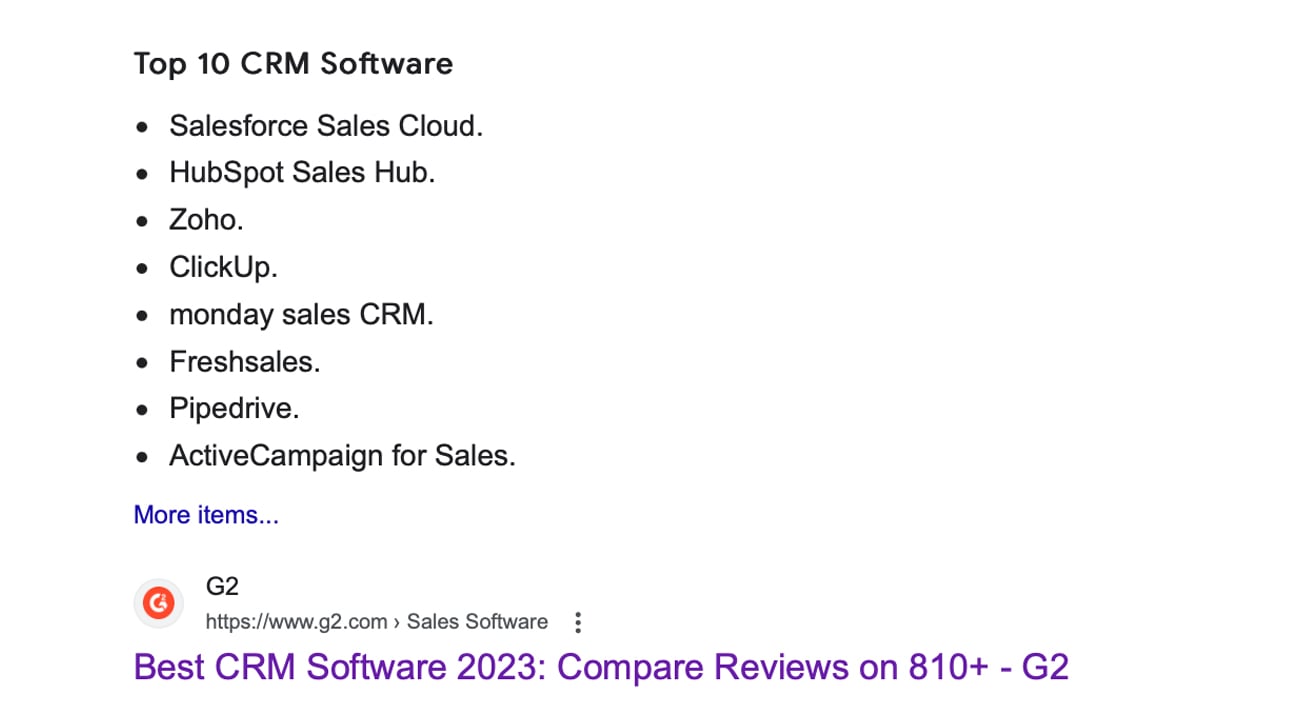
This is a stage where a potential customer tries to choose between you and your competitor’s solution.
You can help prospects decide to choose your product by offering them:
Also, ensure your unique selling proposition is clear and a potential customer understands it.

After all, this is your biggest separator and will probably decide whether a customer will choose your product or competitor’s alternative.
The Goal: Answer customers’ questions, present USP, and show superiority.
You are ready to order, but the price you’ll need to pay is high. Fortunately, you get a limited coupon, buy the product, and start using it to the fullest.
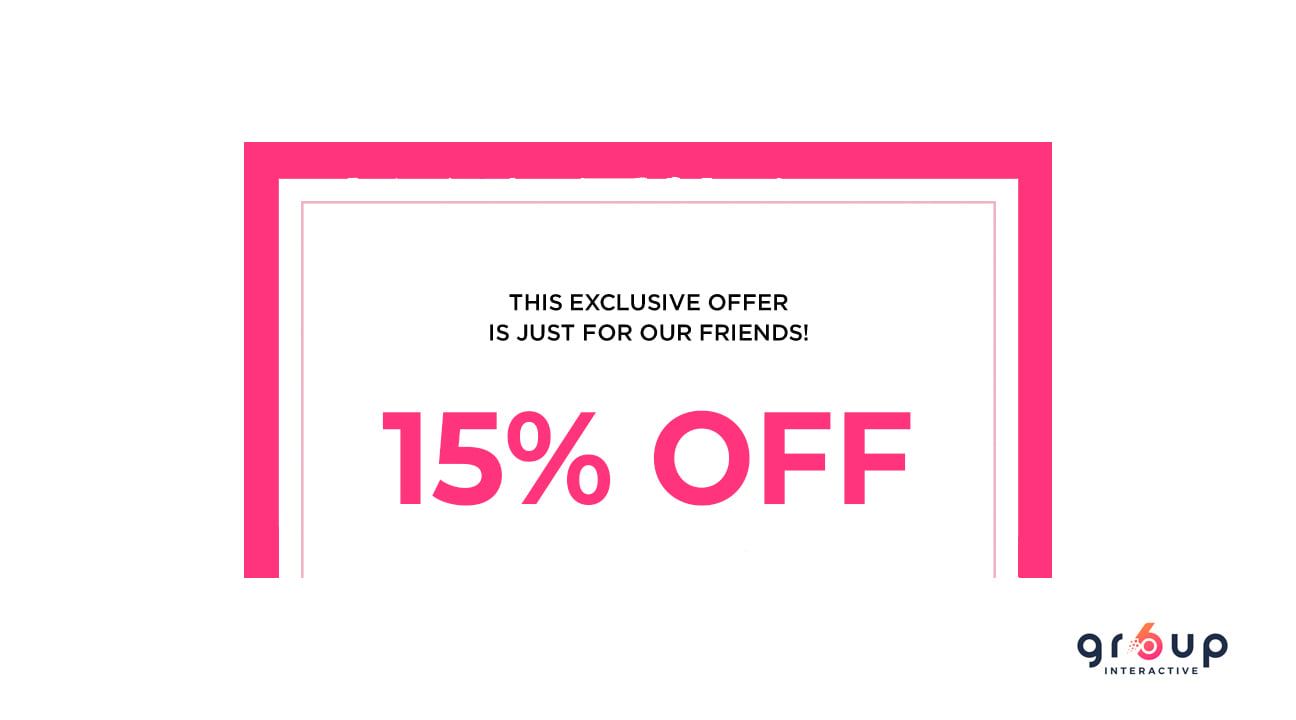
This stage is critical since it’s where the sales are made.
It’s vital that there are no problems and that the whole customer experience is intuitive. A hard-to-navigate buying process may send a customer back to the consideration stage.
Aside from optimizing user experience, you should also:
Re-assuring a potential customer to make a purchase is vital for your profitability.
The goal: Create an intuitive buying process and close a deal.
You have a few problems with a product now and then, but the customer service is perfect and helps you with everything.
You are very happy and have decided to stay and keep using the product.
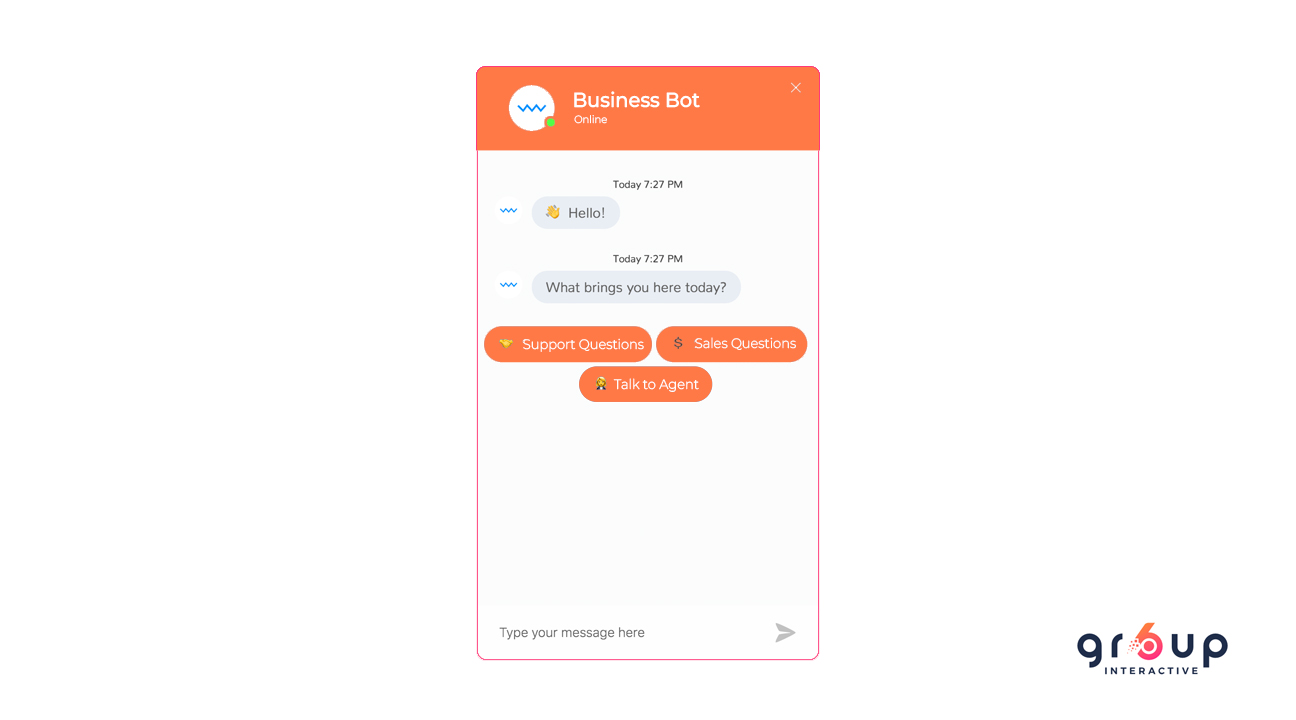
This stage is about retaining customers and making them satisfied with your product. Most businesses don’t pay too much attention to this step because they are after more sales.
But data shows that acquiring customers is a lot more expensive than retaining them.
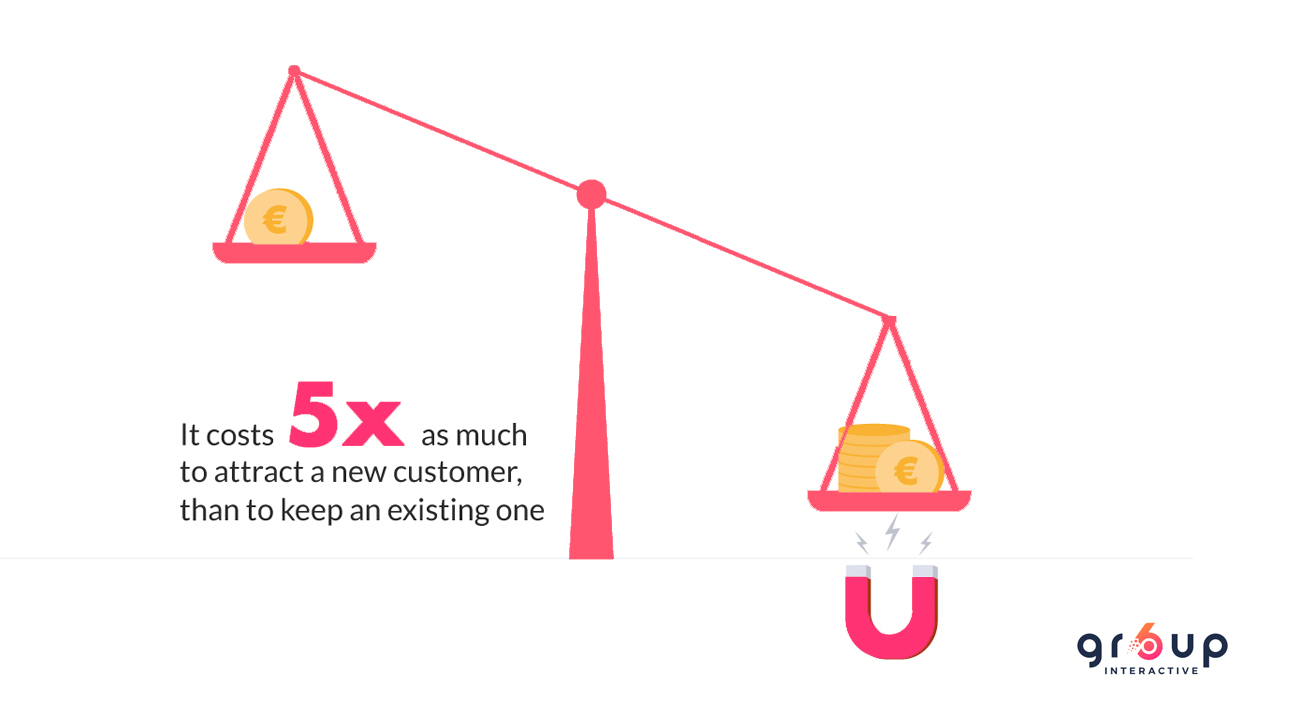
Therefore make sure to retain your customer by:
Most of the time, if you don’t mess something up, your customers will stay with your business.
The goal: Retain customers and improve customer loyalty.
You are super-satisfied with the product now, especially since it was improved. And you get offered a 10% commission for every new customer you bring to the company.
You can’t wait to tell your friends and family about the product and make money.
This stage is about leveraging existing customers to help you get more sales. It can be done by using many different ways like:
If you can perfect this stage, you’ll start to exponentially grow and smash your business goals.
The goal: Get more reviews, spread positive word of mouth, and increase sales.
A customer journey map is a visual representation of the customer’s experience with a company.
It provides additional information that the customer journey does not provide, such as the needs of customers at each stage and factors that directly and indirectly affect their behavior.
These are three most common types of customer journey maps. Each of them provides unique benefits and is suitable for different purposes.
Current state customer journey maps visualize the actions, thoughts, and emotions of your customers at each stage of the customer journey.
If you know what’s going on inside the head of customers, you can provide an ultra-specific experience.
And greatly enhance your sales.
This type of customer journey maps shifts focus away from your business.
It’s taking a closer look at the actions, thoughts, and emotions of your customers in their daily activities, whether or not that includes your company.
These customer journey maps are awesome for figuring out pain points in your customers’ lives.
(they can also help you with exploring new market strategies.)
These customer journey maps are great for predicting the future behavior of customers and preparing for it.
They represent the actions, thoughts, and emotions your customers will experience in future interactions with your company.
They can help you set better business goals, so you’ll have a more realistic chance to achieve them.
You are about to discover our hands-on secrets to making a killer customer journey that sells like crazy.
In fact, we’re going to cover steps that led to:
Let’s get started.
You need to define your baseline and find out how well your current customer journey performs.
There are three things you need to find out:
Analyze every touchpoint on your website and answer these questions.
There are two tools we’re going to use that can help you discover answers to these questions – feedback forms and heatmaps.
Feedback forms are extremely useful for finding out how your customers feel about your product and the experience you provide.
Their purpose is to reveal the customer’s level of satisfaction.
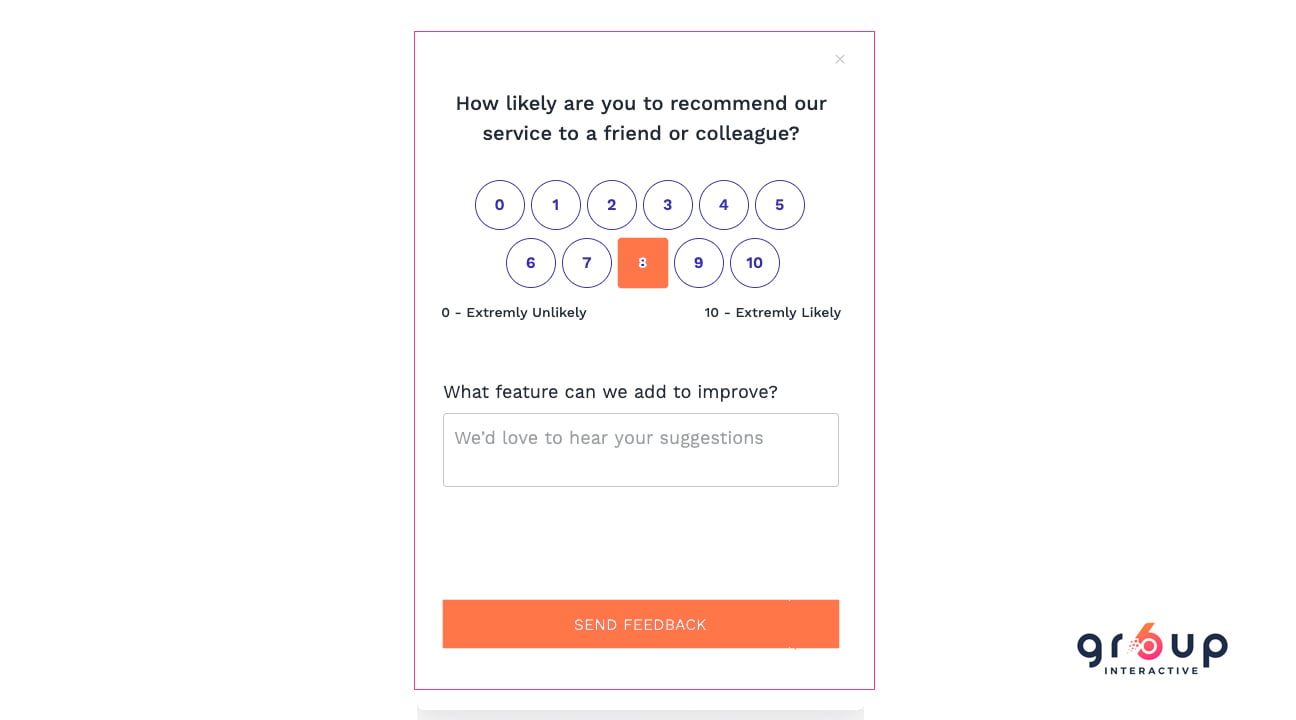
You have to be proactive because most customers won’t complain.
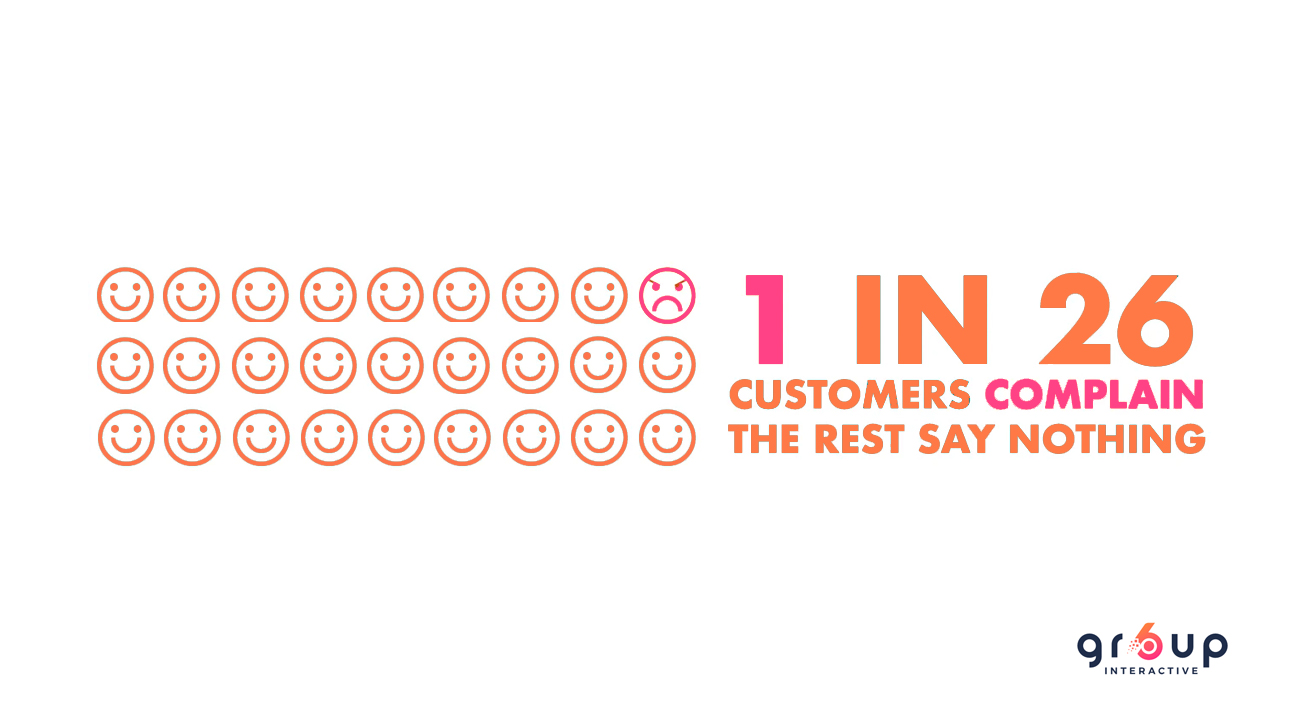
Therefore be sure to proactively ask customers for feedback, what they like, and what they would change about the customer journey.
Heatmaps are most commonly used to show user behavior on specific pages of your website. They are essential in detecting what does or doesn’t work.
They can help you find out more about:
In essence, they can help you discover how users navigate through your website, what caught their attention, and where they click.
…which can give you valuable insight into what needs to be fixed or what to keep.
You can take advantage of both approaches by using the customer journey analytics solutions we cover later in the post.
Starting a customer journey map from scratch may seem scary.
Fortunately, we have prepared a customer journey template that will help you make the whole process of mapping your customer journey easier and faster.
(and less scary too!)
Here is the ultimate customer journey map template.
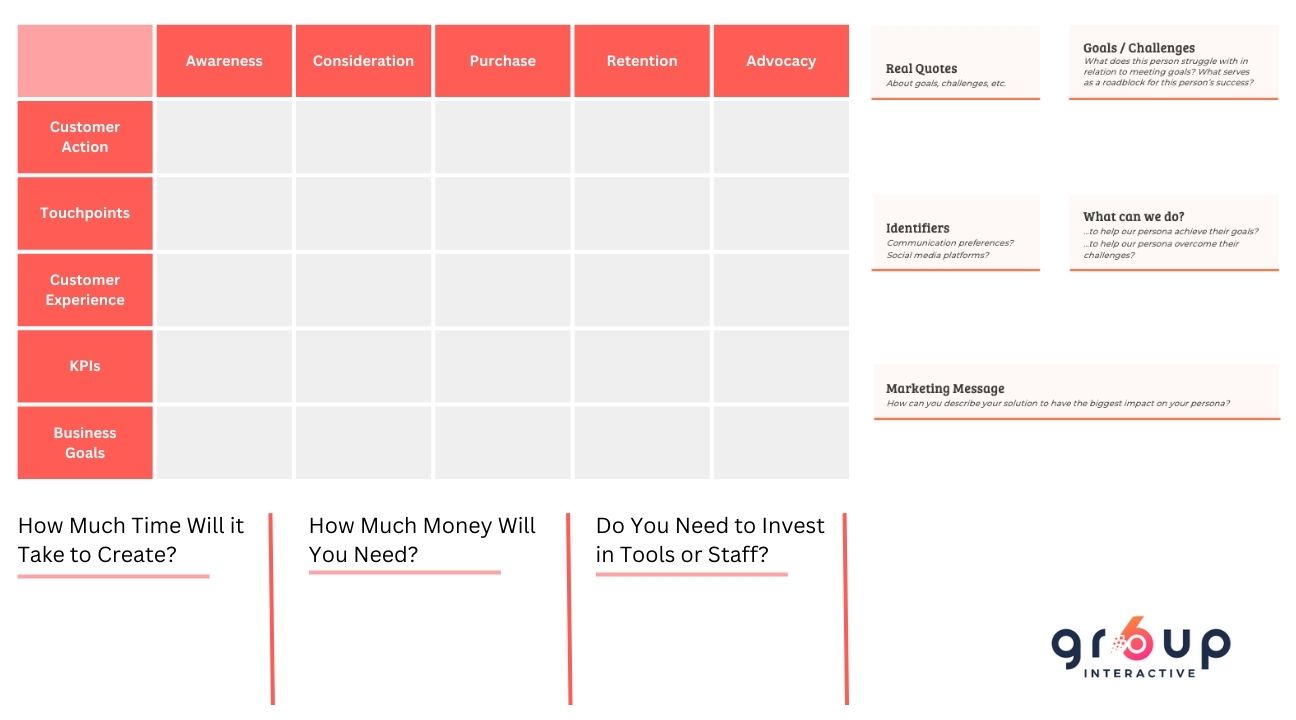
Every customer journey map we’ve seen is not complete – there is always something missing.
Which makes them difficult to use or useless.
Unlike other templates, ours features everything you need to create a killer customer journey map. It will save you time and help you get things done faster.
You need to set goals you’re trying to reach with your customer journey mapping.
To do that, ask yourself these questions:
After you find an objective, you need to dissect it into smaller actionable steps you can take.
After that, you need to find a way to measure your goals – so you know when you will achieve them. The easiest way to do this is to put a set of KPIs in place.
That way, you have metrics you can measure and see whether you’re moving in the right direction.
You must know your customers like the back of your hand, so you can deliver a perfect experience. You can easily achieve this by creating buyer personas.
These will help you namely with:
Also, it will save you a lot of time and make your work more efficient.
Helping you get ahead faster since you’ll know precisely what works for potential customers.
You can create a target persona directly on the customer journey map template we provided you in the previous section. If you’re not sure who your target persona is, take a look at data from your past marketing campaigns.
Or analyze your current customer base.
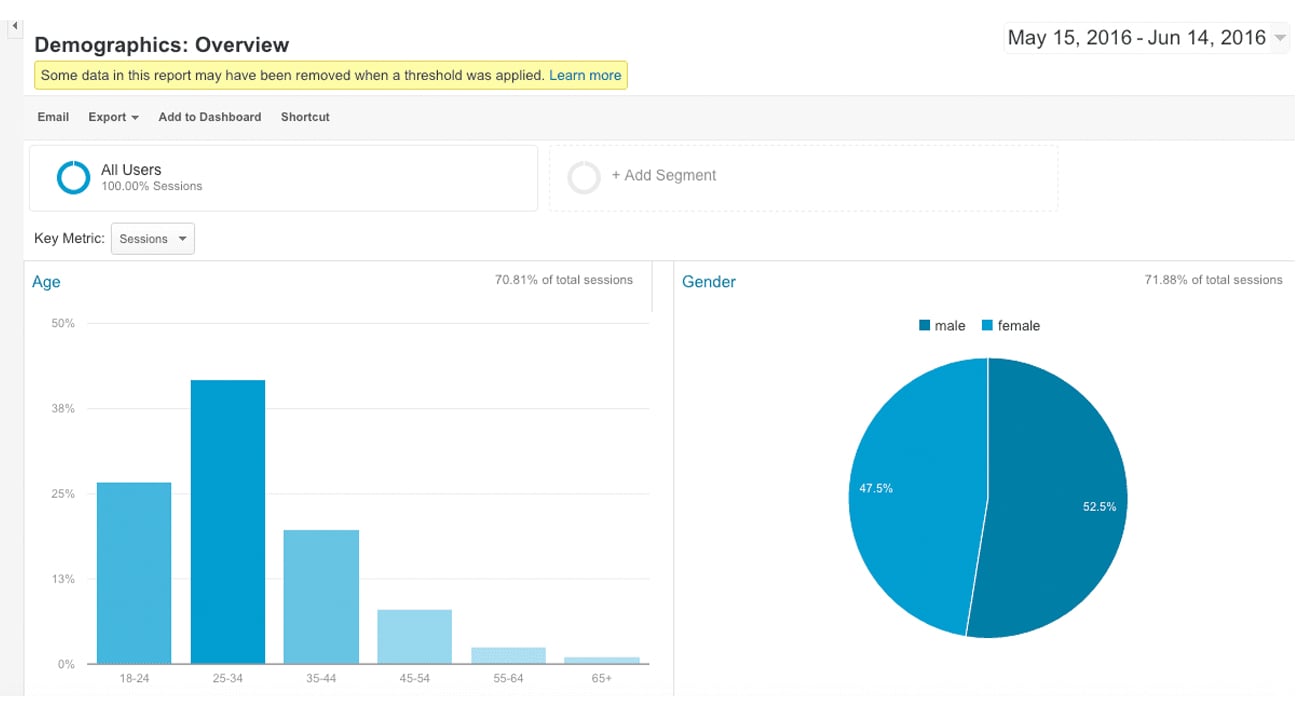
If you’re just starting, you can get this info from competitors or by leveraging market research tools.
Begin by listing out all touchpoints in your customer journey. You should already have a list of your touchpoints from the first step.
Now you should think about whether you don’t need to add or remove some.
You can easily spot that if customers:
Of course, this does not necessarily mean you have to add a touchpoint to your customer journey.
But if a customer has to make a huge leap from one touchpoint to another or they don’t progress to certain customer journey phases, something’s wrong.
Here are a few things to list with each touchpoint that can help you uncover these issues.
List your customers’ actions throughout their interaction with your brand.
This can be customer actions like:
Each stage has different actions a customer needs to take.
It’s important to recognize when customers are expected to take too many actions to progress.

Reducing the number of steps customers need to take is risky but pays off in higher conversion rates.
“Benefits tell, emotions sell.”
Each decision a customer makes on your website is because of emotions. And customers’ emotions will change depending on which part of their journey they’re at.
You need to establish whether your customers are:
And provide them with an experience aligned with these emotions, so they are prompted to act and move to the next stages.
Looking at the pain points of each stage can help you uncover how your customers feel.
Since a pain point is usually the emotional driver of your customer’s actions.
Figure out what stops your customers from taking action.
The most common issue for most customers is cost. If your product were for free, they would start using it immediately. But since it’s not, they are not sure what to do.
Highlighting these potential obstacles in your customer journey can help you mitigate them.
For instance, you could offer a 30-day free trial, three-tier pricing with budget-friendly options, or discount your products.
Your customer journey map touches every aspect of your business.
From strategies for onboarding new customers to developing trust and running loyalty programs. The worst thing you can do is don’t plan out your resources.
… and run out of them in the middle of optimizing your customer journey.
So plan out your resources well and figure out an estimate of the costs you’ll need to spend. These can include fees for investing in new tools or hiring external consultants.
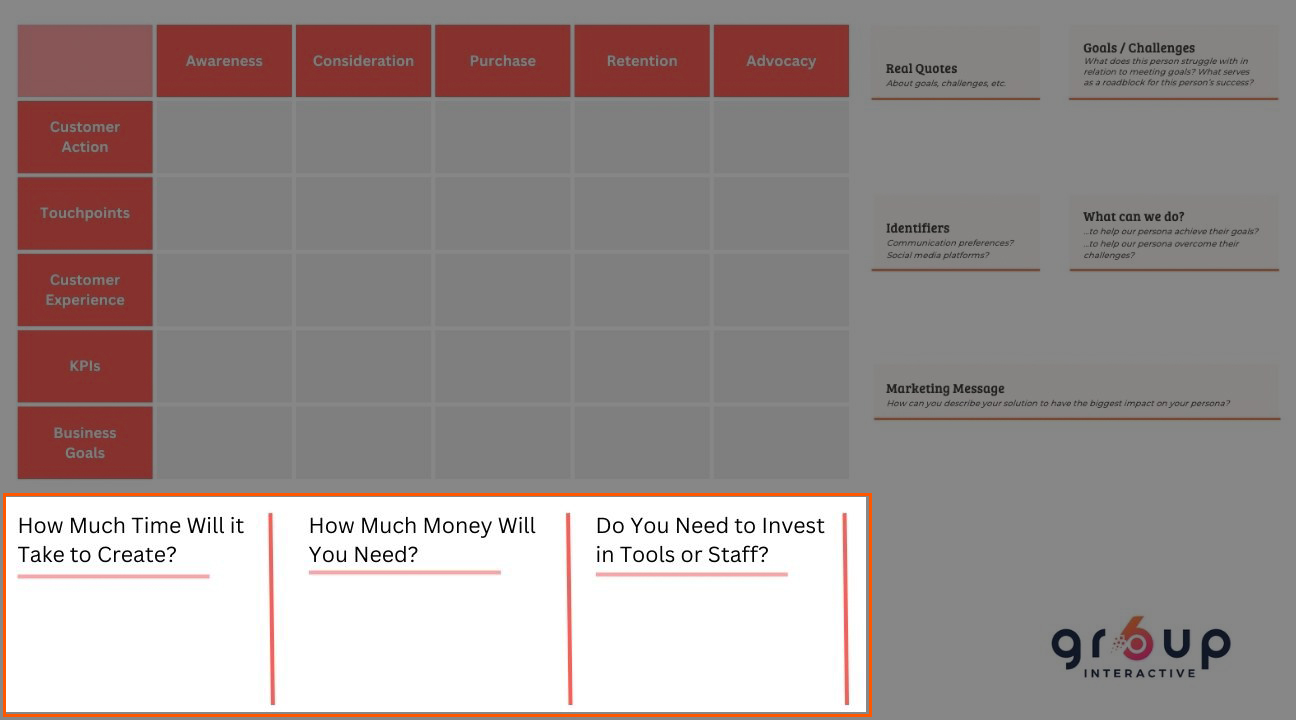
It can also help you see how you invest your resources and uncover places to help you save money.
You’ve created a customer journey map and put it into action – and that’s where most businesses stop. But that’s far from optimal…
What if your customer journey map does not stick with the audience?
Or there are some critical errors you’ve overlooked.
The next step is to analyze your customer journey and see whether everything works as expected. We’re going to use three approaches for that:
Let’s dive in.
This approach is self-explanatory.
You start as a complete stranger, try to find your company, and move through each touchpoint to determine whether everything works as it should.
Ideally, you’d have a friend do that since you’re all-knowing about your product.
They can give you much better ideas and ways to further improve.
A/B testing or split testing allows you to run multiple variations of the same customer journey to see which one sticks with your audience more.
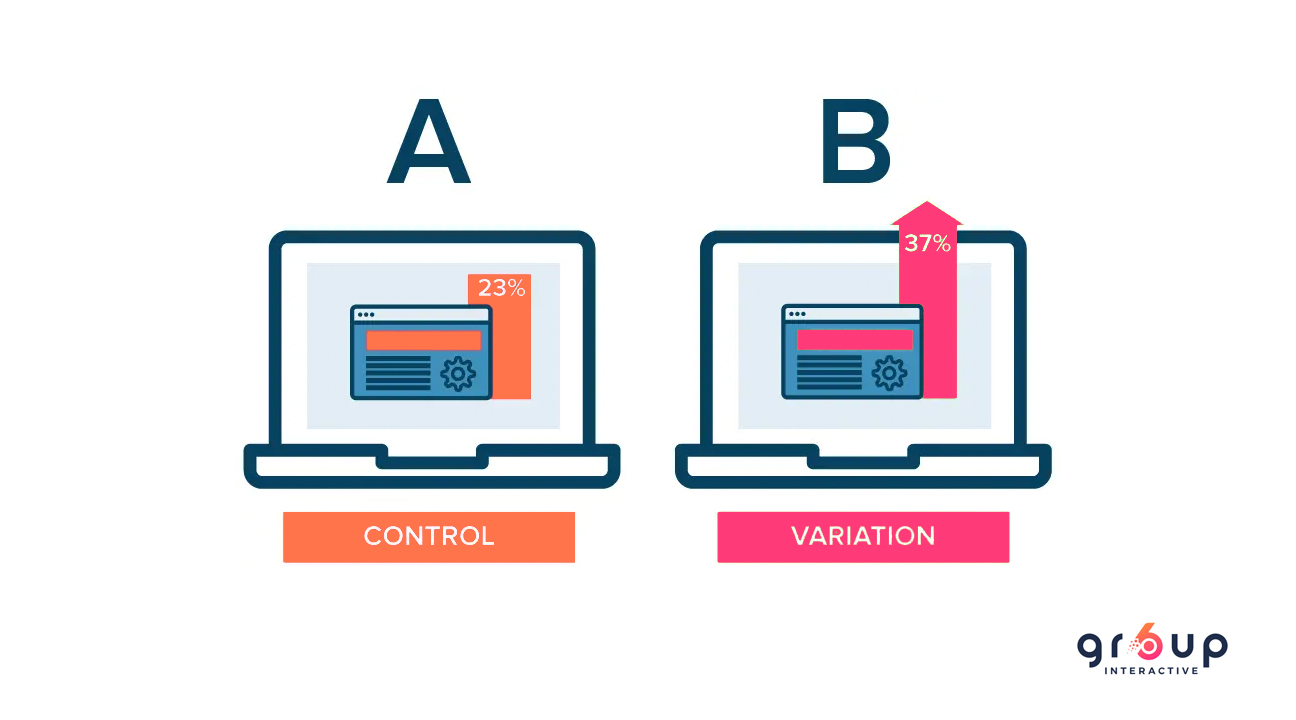
You can use split testing and run both customer journeys (the old one and a new one) at the same time.
That will give you a much better understanding of which one is better.
Or whether you should change something.
The previous approach might have uncovered something you didn’t expect.
For instance, let’s say your new strategy generated a lot more leads ’till the consideration stage, but almost none of them bought your product.
But why did it happen?
Market research tools can give you the answers you’re looking for.
You can create interactive polls or directly ask your target audience why they did not convert and what was their biggest concern.
You create a poll that can look like this.
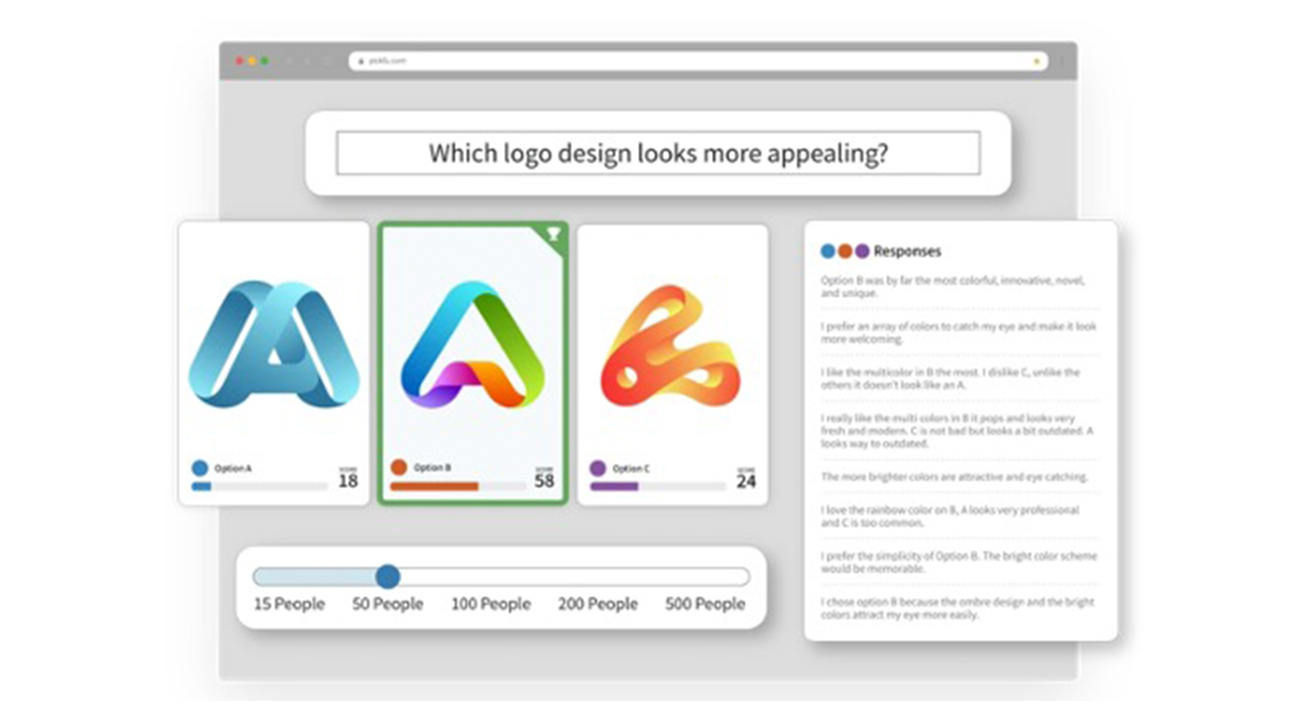
Select your target audience.

And you’ll run it and wait for the answers, make the necessary improvements, and fix the problem. If you prefer to use something other than tons of tools, use heat maps or feedback forms mentioned in the first step.
The process of optimizing your customer journey always continues.
There is no such thing as the perfect customer journey – you need to constantly find a way to improve it. Or else you risk being beaten by competitors.
Or not achieving your fullest potential like most businesses…

Another reason to constantly review your customer journey is that the market changes over time. There are new trends and customer behaviors, and you should adjust to them.
Most companies haven’t given this any thought…
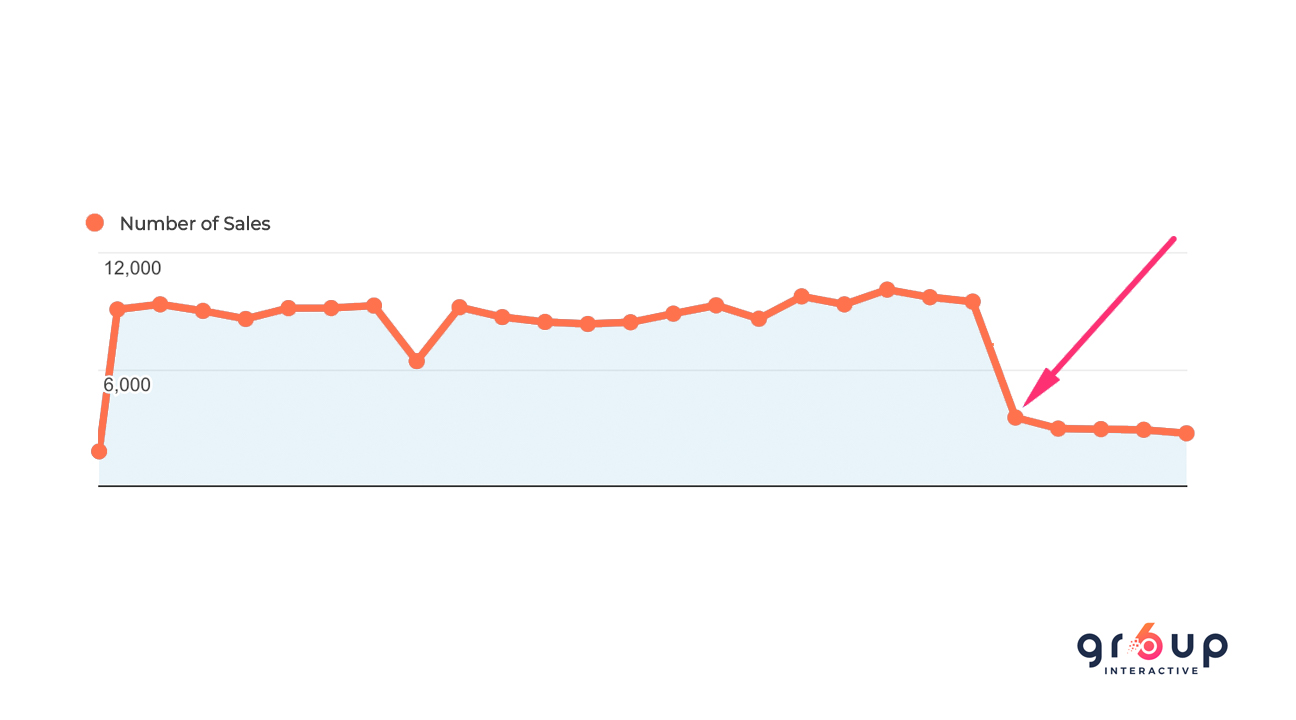
And then, they wonder why they achieve a massive drop in sales, number of customers, and revenue.
This wraps up the process of customer journey mapping.
The only thing left is to put it all together and start working on making your customer journey exceptional.
Customer journey analytics tools are valuable solutions to have in your arsenal.
They allow you to monitor the digital path your customers take to buy from you – the whole customer journey.
You can analyze behavior, monitor trends, and so much more.
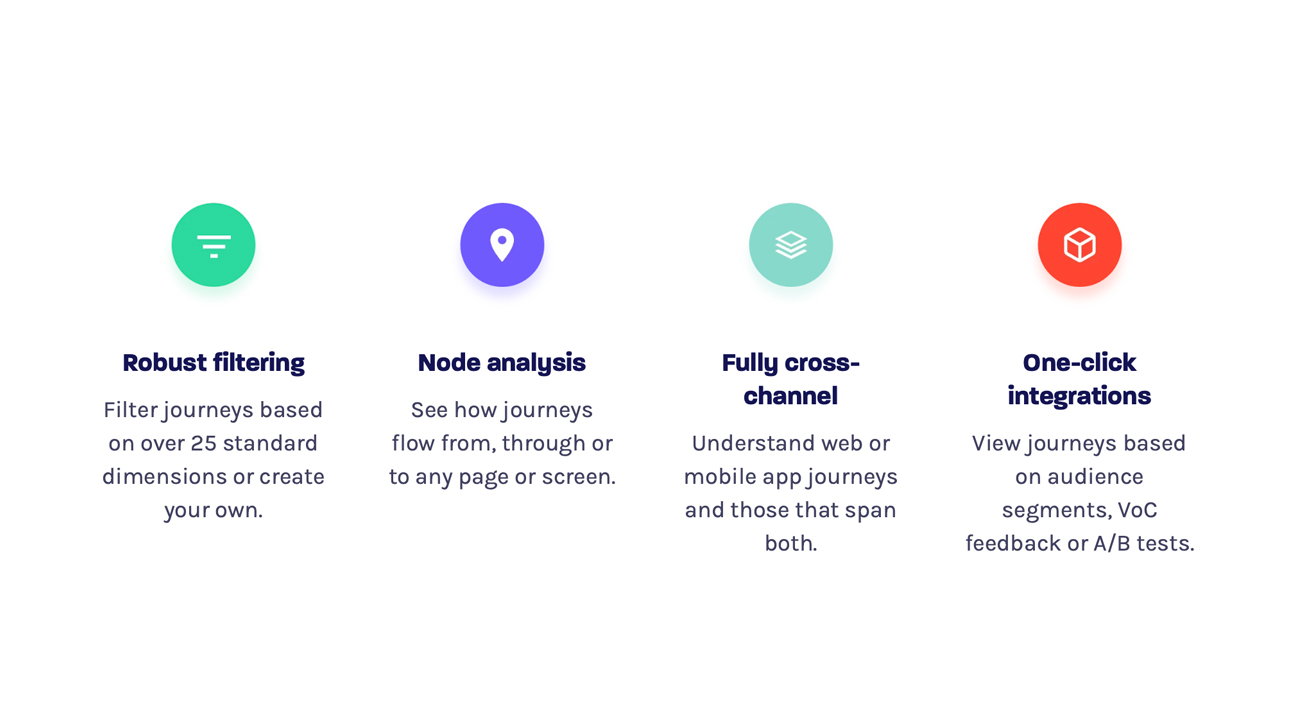
Here are some of our favorite tools.
Give them a shot and leverage their functionality to take your customer journey to the next level.
Customer journey mapping is crucial to making the most out of your business.
It will help you deliver a top-notch customer experience, remove friction points, and close more customers faster.
(you’ll have the edge over most competitors too.)
Now is the best time to implement this knowledge and transform your business.
Not sure how to start?
Or want a professional agency to take care of your customer journey and sales?
Reach out to us, and we’ll take care of your business instantly.
Our experts will fix all problems with your customer journey, optimize it for your customers, and help you generate massive revenue.
